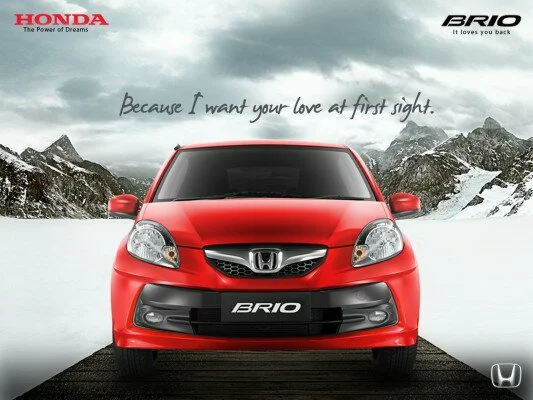A budget hatchback integrated with an automatic transmission would have been a ridiculous combination for a major chunk of car buyers in India. The reason behind this almost blasphemous idea would be that cars featuring automatic transmission are traditionally expensive compared to their manual transmission counterparts.
Additionally, automatic transmission cars also did not give good fuel economy figures, thus making it dearer for the owner to run the car. These two financially burdening reasons are attributed to the negligible sales of automatic transmission cars compared to the manual ones. It is a fact that sales of automatic transmission cars make less than 1% of total car sales in India.
However, today the scenario has considerably changed. With the traffic situation not showing any signs of improvement on the Indian roads, buyers are cozying up towards automatics. Also, the fact that today these automatics are built with advanced hardware implies that they deliver exceptionally good fuel economy figures. Thus, Indian buyers now have a plethora of options when it comes to buying a hatchback.
Though the hatchback segment is crowded with many new products, Hyundai i10 remains a perennial favorite and there are several reasons why the i10 has raced ahead of its competitors in this sub-segment. The automatic model of the i10 is hassle-free to drive, well-equipped and is quite fuel efficient. The changes do not stop on the laurels. The i10 continues to receive engine updates as well as facelifts which have helped this hatchback to stay popular and in demand in a fiercely competitive hatchback segment.
However, Hyundai seems to be feeling the pressure as Japanese car maker Honda has announced that it will commence the sales of its compact city car, Brio which also features an automatic transmission. To put it in brief, the Hyundai i10 as well as Honda Brio will be fitted with 1.3 liter engines. Compared to the manual transmission variants of both the hatchbacks, the Brio Auto will be cleverly priced to match the price tag of the automatic i10. In a heated war between Brio Auto and i10 Auto, buyers will be no doubt be confused as to which one offers superior clutchless experience.
The Brio Auto will feature the same 1.3 litre i-VTEC, single cam-motor seen in the manual counterpart. This motor is known to be free-revving and smooth to handle and does not differ from the five-speed automatic transmission motor. The torque-converter gearbox of the Brio Auto is the same as the one found in the Accord, Civic and City.
On the other hand, Hyundai’s i10 Auto is the ideal car for the slow moving city traffic. The Brio is 9 bhp higher than the i10. However, the Kappa2 motor fitted in the i10 is very responsive, especially as low revving. While driving at the standard speed on city roads, the i10’s engine lends a feel of a higher-capacity Powertrain. The i10 jumps free off the line as the Kappa2 engine revs, though not as smoothly as Honda’s Brio.
Needless to say, it is a close battle between the two competitors. The i10 comes across as a well-built hatchback packed with features while the Brio also pulls off a rare feat.

















